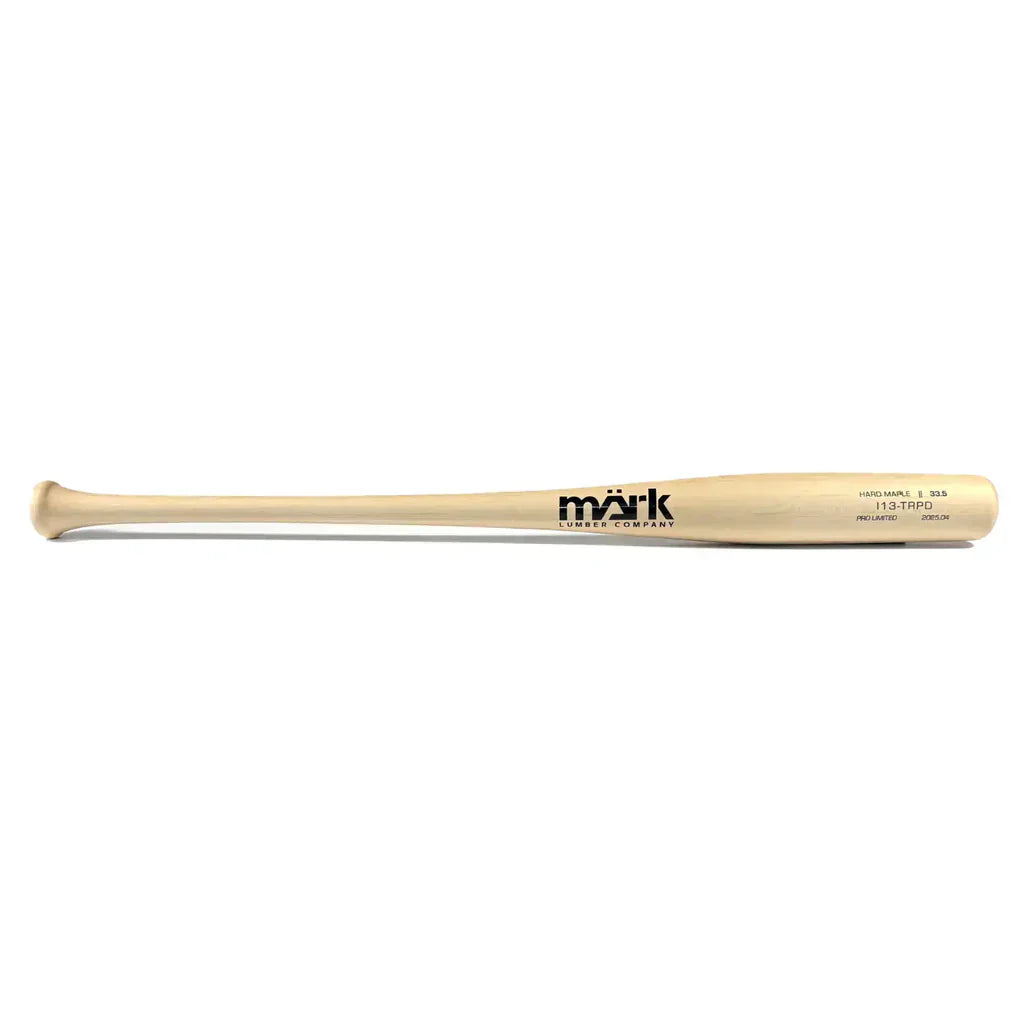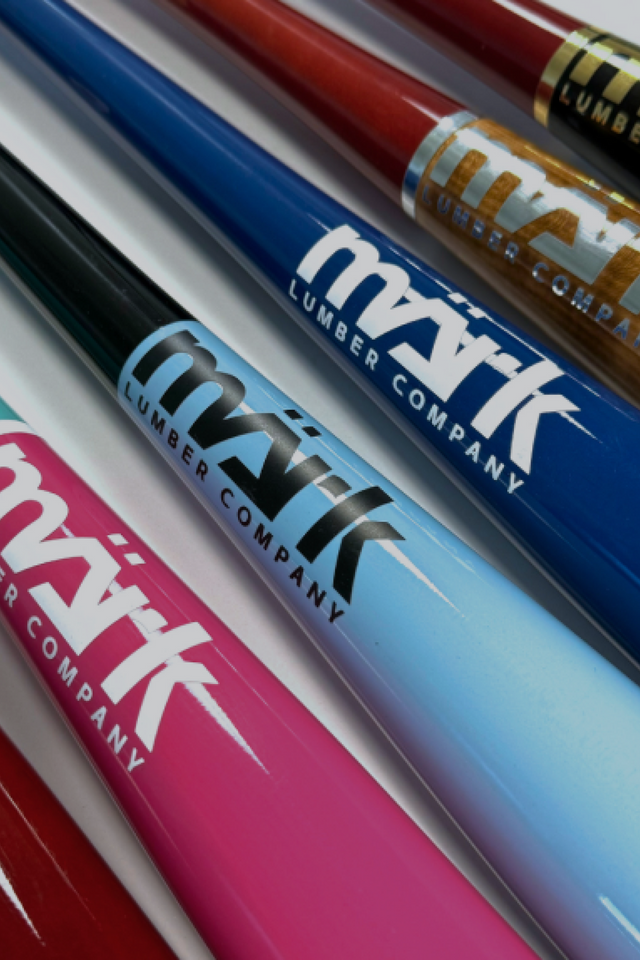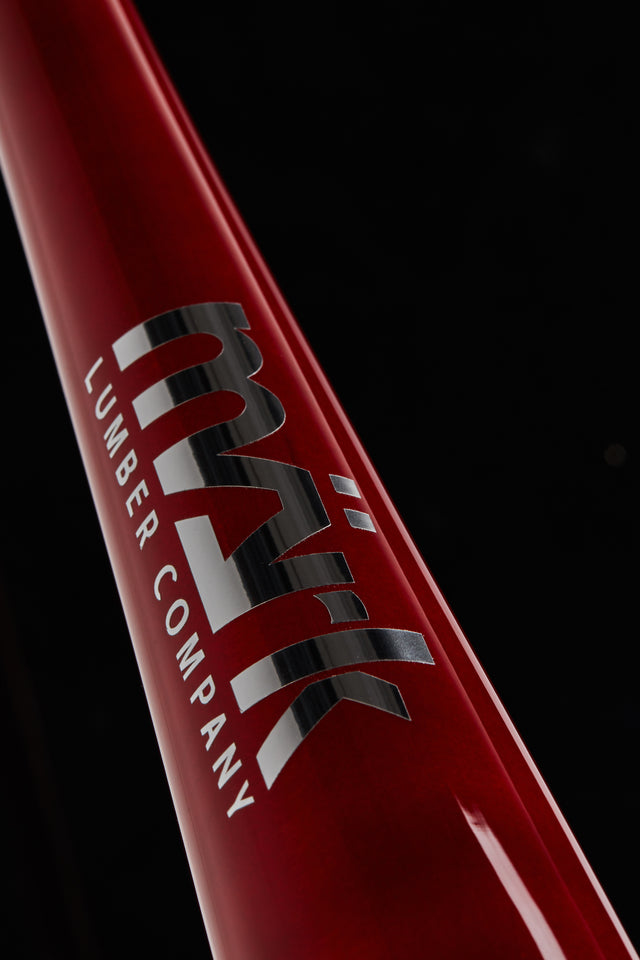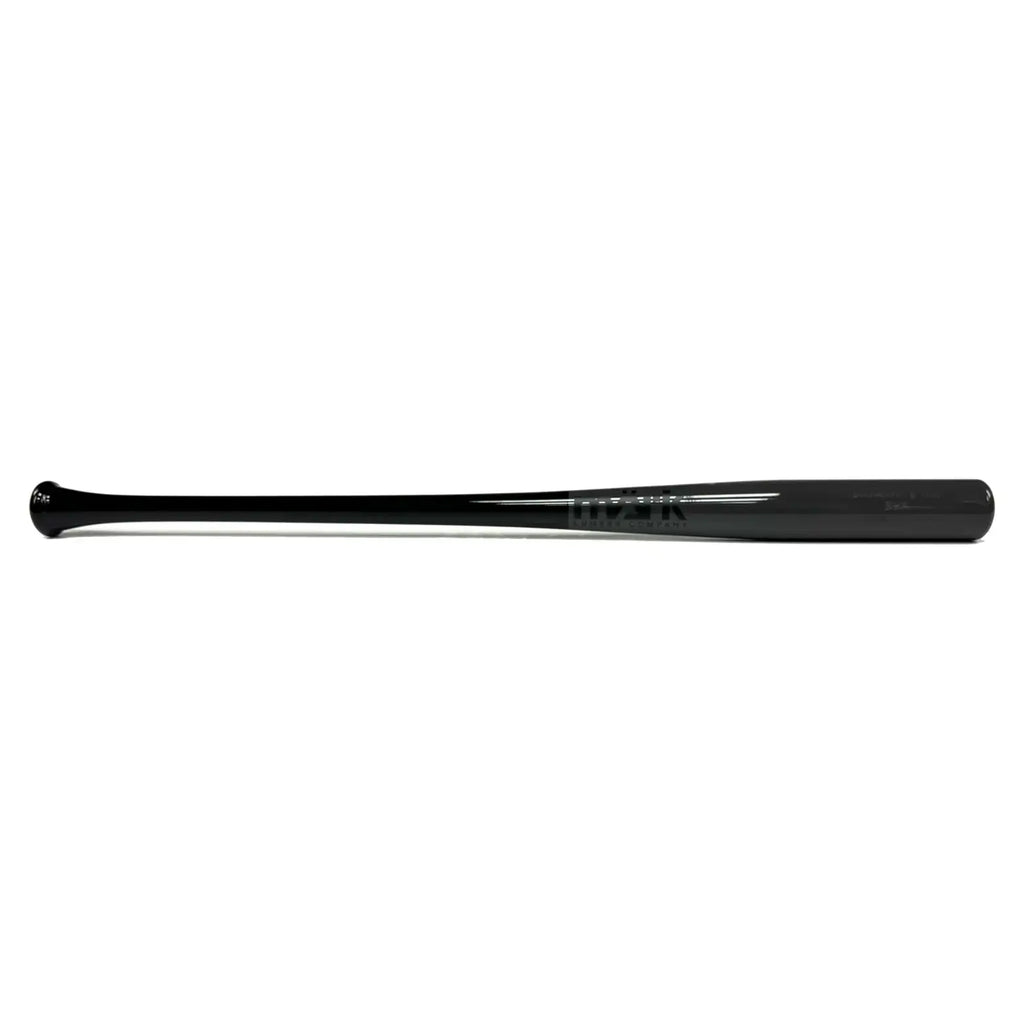
Mastering the Art of Hitting with a Wood Bat - Ultimate Guide to Improve Your Swing
Transforming the experience for baseball enthusiasts occurs when they switch from aluminum to wood bats. Hitting with a wood bat is an art form and requires a different skill set, even though the bats may seem similar. This transition can be both more authentic and challenging for players, ultimately leading to a more comprehensive and rewarding experience as they refine their swing mechanics.
Whether you are using a wood bat for the first time or simply honing your skills, it’s important to understand the distinct advantages that wood bats offer in enhancing your game. This guide will explore the various types of wood bats, provide tips for making the switch from aluminum, and offer professional advice to help you perform at your best.
What Are The Different Types of Wood Baseball Bats?

Focus your judgment on the wood part of a bat, because every wood plays a significant role in the performance, the feel, and endurance of a bat. The three main wood types for wood bats are maple, ash, and birch. With each of them, you could get different opportunities:
-
Maple Wood Bats
Maple features very dense grains, which is why power players prefer it: strong and heavy. Its hardness makes swinging with a maple wood bat more rapid and solid, especially for those trying to pack on pure muscle. However, they are prone to less flex compared with ash, therefore providing less whip but much more consistent contact when struck with the sweet spot. It is also what most professionals prefer, as they are designed to withstand the impact of a very heavy hit.
-
Ash Wood Bats
Ash is a much lighter and more flexible material, thus providing a bit more whip to the player's swing. Those who seek speed with the bat while controlling placement would do well to consider swinging an ash wood bat. The flexibility allows for greater "pop" on the ball and a more forgiving hit overall. Thus, ash bats have a wider sweet spot, which makes them popular with those learning how to put the swing together.
-
Birch Wood Bats
Birch wood bats offer the best of both worlds, combining the durability and power of maple with the extensibility and lighter weight of ash. However, birch bats are suitable for the balance you seek when it comes to controlling your swing as well as your hitting power. All-rounder bats and forgiving ones can withstand very fast pitches; thus, they can serve those who have just transitioned from aluminum bats to wood very well.
Selecting the right wood for your bat is essential, as each type of wood has unique characteristics that can affect your playing style. By experimenting with different woods and identifying which one feels best to you, you can choose the wood bat that suits you most effectively.
How To Hold a Baseball Wood Bat?
Shifting from an aluminum bat to a wood baseball bat can be daunting at times; however, with practice, one can adjust to its feel instinctively and perform better. The main distinguishing features of aluminum and wood bats are weight distribution, grip, and sweet spot size. We will, therefore, take you through some essential steps to help make that transition easier:
Shift in Grip and Stance
The number one adjustment in shifting to wood is in how you hold the bat. With wood, your hands should be positioned so that the thumbs rest lightly on the barrel while the fingers wrap around the handle. Unlike aluminum, which doesn't require much control, keeping wood in your grip requires a little more control due to the possibility of slippage or mishits. Hold the bat with your head up, maintaining confidence, and ensure your wrist remains loose yet strong throughout the swing.
Line Up Those Knuckles
Ensure straight knuckle alignment. As a general guideline, track the top-hand knuckles and the bottom-hand knuckles in a neutral position, creating a straight line. This will facilitate a more natural and efficient movement of the wrists during the swing, aiding in control and power.
Loose and Strong
A firm grip is essential, but not overly tight. If you grip too tightly, you restrict your bat speed and flexibility. If you grip too loosely, the bat will slip from your hold during the swing. Finding the compromise between strength and flexibility is key: strong enough to control the bat but loose enough to allow free wrist movement.
Posture and Stance
Once the grip is in place, check that the posture is aligned with swing mechanics. Head up, shoulders square, and knees slightly bent to receive balance. The grip and stance will provide a solid foundation for a smooth, powerful swing.
Better Timing
Wood bats punish mishits more than aluminum bats do, so timing becomes all the more crucial. In more ways than one, hitting with a wood bat demands a consistent line of sight and tracking of the ball. Focus on timing and pitch recognition to ensure you're hitting the ball at the right time. Your practice should include swing speeds and reaction time because they help with hit consistency.
Time-Tested Tips for Getting on the Same Page with Wood
Perfecting the art of hitting with a wood baseball bat requires practice, but these tried-and-true tips will put you on the right track:
-
Proper Swing Mechanics
A balanced swing is key when using a wood bat. Ensure your stance is broad, stable, and comfortable, with your knees slightly bent. As you swing, maintain good body alignment to the pitch. Keep your head level and eyes on the ball; rotate your hips and shoulders as one unit for the most substantial hit. Be sure to follow through after contact to maximize distance and control fully.
-
Strengthen Your Hands and Wrists
The much more resilient wood baseball bat demands tremendous hand strength. Heavy wood demands more thorough training of your grip and wrist during the swing. Consider incorporating hand and wrist workouts into your training plan to master heavier bats and achieve quick bat speed. Strong wrists stabilize control over the bat barrel, leading to powerful and accurate hits.
-
Commanding Bat Speed and Power
Bat speed is said to be the primary thing for hitting with wood. Too slow an action creates a loss of ball momentum and power. On the other hand, overly quick action misses the sweet spot. Trial and practice with various weights, striking the right balance of bat speed and power, would be the way forward.
How To Choose the Right Wood Bat for Your Game?
Choosing a bat goes beyond just considering the type of wood; one needs an in-depth decision-making process for various other reasons:
1- Length and Weight
Depending on the individual's playing preference and style, any wood bat length or weight can be suitable. Heavier bats induce more power, while lighter bat gives quick swings. Find a bat that gives you the utmost comfort in your hands, along with control over your swing. Initially, check out different sizes and determine which feels better for your swing.
2- Bat Profile
These factors also influence the aspects of the bat profile, specifically its shape and design. Some will choose a thicker handle for improved grip and stability, while others will opt for a more tapered profile to increase swing speed. Try different profiles in various models to find one that strikes a balance between power and control.
Choosing the Perfect Wood Bat for Your Game with Mark Lumber

Mark Lumber has specialized in crafting wood baseball bats from the finest woods. We offer bats from the highest-grade maple, ash, and birch, explicitly created for every level of play. Whether you're a pro or a first-time switch to wood bats, we have the very bat that enables you to reach and play at an entirely new level. Wood bats are crafted with superb craftsmanship, and their durability ensures that the bat not only performs well but also feels special.
Excellent service and tailored solutions are our hallmarks; therefore, we are the premier destination for all baseball bat requirements. Explore our variety of high-performance wood baseball bats, where quality and craftsmanship meet precision. Whether you want a home run or to work on your form, we have the bat for you.
FAQs
1. What should I look for when choosing a wood baseball bat?
Choosing the right wood baseball bat isn't just about picking a type of wood. Maple is said to give players' bats the most power with a lot of durability, whereas ash tends to have greater flexibility and whip, as found by those players who use speed and control in their game. Birch falls between the extremes of power and flexibility. Additionally, you should consider the length and weight of the bat, as these also influence swing speed and control. A heavier bat will give you all that power, but the lighter bat can be swung through the air to make much quicker swings. How tightly you grip the bat will make a difference in how it feels when manipulated with the bat in question. Therefore, the thickness of the handle of a bat should match the profile and the way it is played. Ultimately, the best bat is the one in which you feel most comfortable swinging your hands and forearms. Go through a greater number of examples before settling on one, as each may be a better fit for you.
2. How do I avoid mishits with a wood bat?
Because wood baseball bats have a smaller sweet spot than aluminum bats, a mishit is more likely to occur. The best way to avoid a mishit is to bring the ball into the center of the barrel, where the bat will provide excellent power and control. This means paying close attention to gripping: holding the bat but not too firmly will improve flow, whereas a too-tight grip will hinder the average swinging motion. A good, balanced stance lines up with the pitch, and your head also stays level and fixed on the ball throughout the swing. Through practicing the timing and eye-hand coordination exercises, you can significantly reduce the risk of injuries. The more you practice, the more you learn to read the pitch and adjust your swing for precise, consistent ball contact. If you're just getting into the wood baseball bat throwing, many leagues, especially professional and wood bat leagues, expect players to use wood bats for authenticity and challenge. However, you'd typically have to check the specific rules of the league to see whether it allows wood bats. Otherwise, some leagues may permit it, such as using a wood baseball bat; however, you should check with the league's regulations first.
3. How does a bat’s material affect its stamp and performance?
The most significant difference emerges when one begins to analyze the skill advancement and the challenge of learning to work with wood. Aluminum is going to make the ball fly a lot farther, depending on the brand, and most of the time, it provides a very forgiving sweet spot. On the other hand, with wood, the sweet spot must be hit to be effective; this develops more swing mechanics and overall better batting strength. With wood, much of what you can do in the batter's box will depend on the nature of your swing and how much you hit the ball sweetly. Wood bats give astounding creative feedback on how they help a batter understand the swing better. Having more wood bat control requires refining your technique to make a better hit. Wood bats are also worth experiencing, as they provide a better, more realistic, and conventional game. It is also a challenge that distinguishes a good hitter from the rest, as it emphasizes precise contact and timing more than having a sweet spot that is readily forgiving.
4. How can I improve my hitting accuracy with a wood baseball bat?
To better hit a baseball with a wood bat, you must consistently practice and hone the mechanics of your swing while understanding what adjustments to make. Hitting balls precisely on the barrel is all the more important since bats have a smaller sweet spot than aluminum bats. Therefore, perhaps consider refining your stance and grip: your hands should be somewhat relaxed yet firm, which will give you more control. Exercises that incorporate hand-eye coordination and pitch recognition may be incorporated into your training. Timing is also essential. Practicing on different pitch speeds can help you adjust to varying ball positions and angles. Additionally, after the point of contact, emphasizing your follow-through helps maintain direction and power. You will find improvement in your accuracy and placement with more practice and by using proper mechanics.
Conclusion:
The reward of using a wood baseball bat will come after practice, when patience and precision in performing the activity are developed. Whether one is switching from aluminum or trying to perfect their swing with wood, understanding the various types of wood, grip, and stance adjustments, along with some tips from experienced individuals, will help them succeed in the field. Key points from choosing the right bat that suits the batter's style to acquiring the proper timing and strength, the one stronghold to achieve mastery with the wood bat is consistency and dedication. Take on the challenge, sharpen your skills, and make those swings count with the right wood bat.





